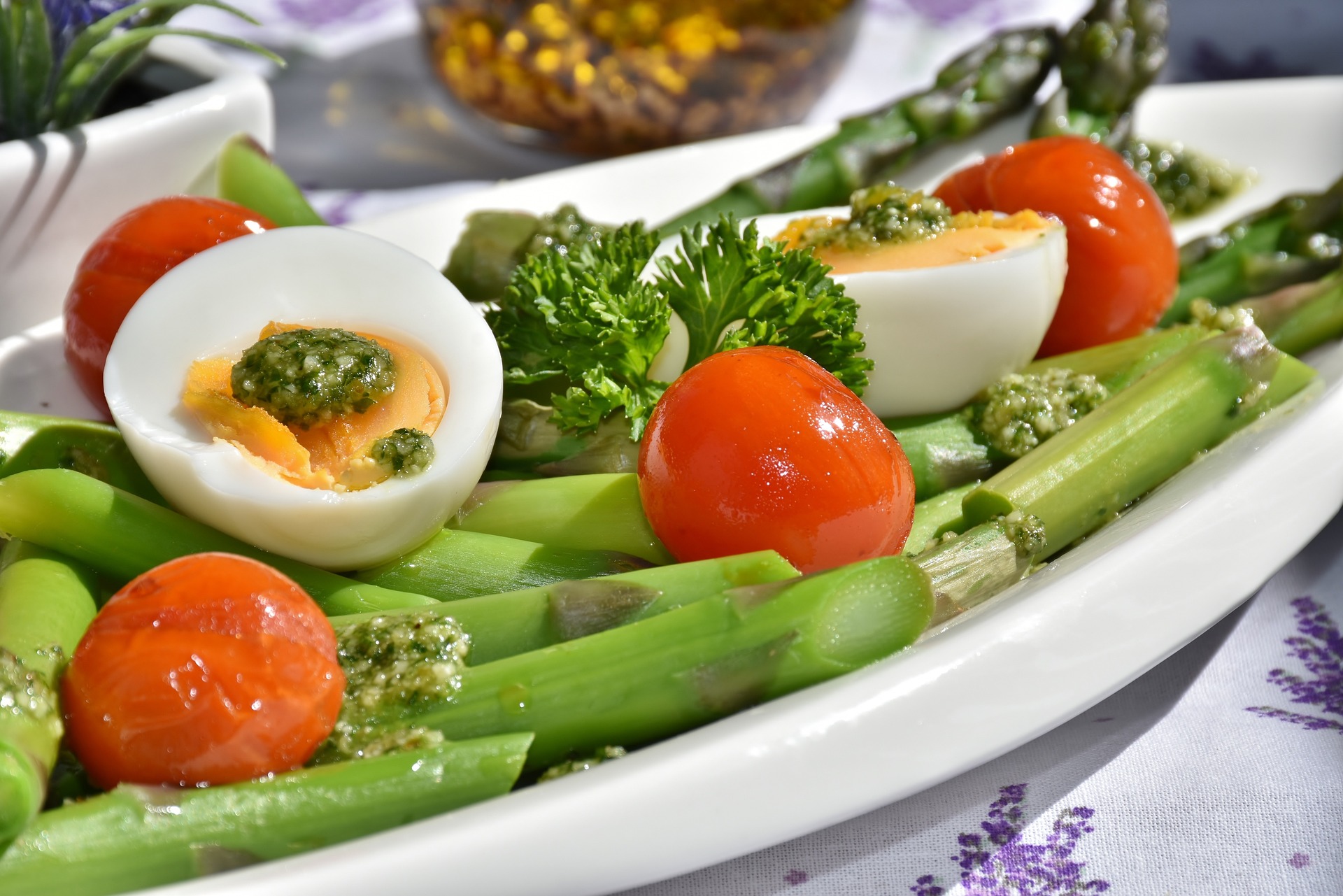Experiencing the Vibrant Flavors of Vietnamese Pho: A Culinary Journey
The tantalizing world of Vietnamese cuisine offers an array of dishes that satisfy the palate, but none as iconic as the Pho. This traditional Vietnamese soup is a harmonious blend of aromatic herbs, succulent meat, and silky rice noodles immersed in a flavorful broth. Let us embark on a delightful culinary journey exploring the vibrant flavors of Vietnamese Pho.

The Origin of Pho: A Cultural Melting Pot
Pho, pronounced “fuh,” originated in Northern Vietnam in the early 20th century. The dish is a testament to Vietnam’s culinary evolution, with influences from both Chinese and French cooking. The Chinese contributed techniques and ingredients like rice noodles and star anise, while the French introduced the practice of roasting bones for broth. This cultural fusion resulted in Pho, a dish that embodies the heart and soul of Vietnamese cuisine.
The Anatomy of Pho: A Symphony of Flavors
At its core, Pho consists of four main components: broth, rice noodles, meat, and garnishes. The broth is the soul of Pho, meticulously simmered for hours with beef bones, charred onions, ginger, and a bouquet of spices. The rice noodles, known as bánh phở, are flat, soft, and tender, absorbing the flavors of the broth. The meat, usually beef or chicken, is thinly sliced and cooked gently in the piping hot broth. Finally, the garnishes—fresh herbs, lime, bean sprouts, and chili—add a refreshing crunch and zing that complete the dish.
The Art of Eating Pho: A Sensory Experience
Eating Pho is more than just a meal; it’s a sensory experience. It begins with the aroma of the fragrant broth, followed by the visual feast of vibrant ingredients. The first sip of broth should taste rich and complex, a testament to the hours of slow simmering. The noodles should be chewy and the meat tender. The final touch, a squeeze of lime and a handful of fresh herbs, adds a refreshing contrast to the savory broth.
Pho Variations: A Taste of Innovation
While the traditional beef Pho, or Pho Bo, is the most popular, there are numerous variations to explore. Pho Ga, made with chicken, offers a lighter alternative. Pho Chay is a vegetarian version featuring tofu and an array of vegetables. There’s even a seafood version, Pho Hai San, brimming with shrimp, squid, and fish. These variations showcase the versatility and adaptability of Vietnamese cuisine.
Pho Beyond the Bowl: A Global Phenomenon
Over time, Pho has evolved from a humble street food to a global culinary phenomenon. It has inspired innovative dishes such as Pho burgers, Pho tacos, and even Pho cocktails. These creative interpretations reflect the endless possibilities of this Vietnamese staple, proving that Pho is truly a dish that transcends borders.
Fun Pho Facts
-
Pho is typically eaten as a breakfast dish in Vietnam.
-
The largest bowl of Pho was made in 2018 in Vietnam, weighing over 1,350 kg.
-
There’s a Pho eating challenge where the contestant must finish a massive bowl of Pho within a given time limit.
Pho is more than just a bowl of soup. It’s a culinary treasure that encapsulates the history, culture, and gastronomic ingenuity of Vietnam. So whether you’re slurping it at a street stall in Hanoi, a chic bistro in New York, or even in the comfort of your home, remember that you’re partaking in a rich culinary tradition that has journeyed across time and continents. Happy slurping!




